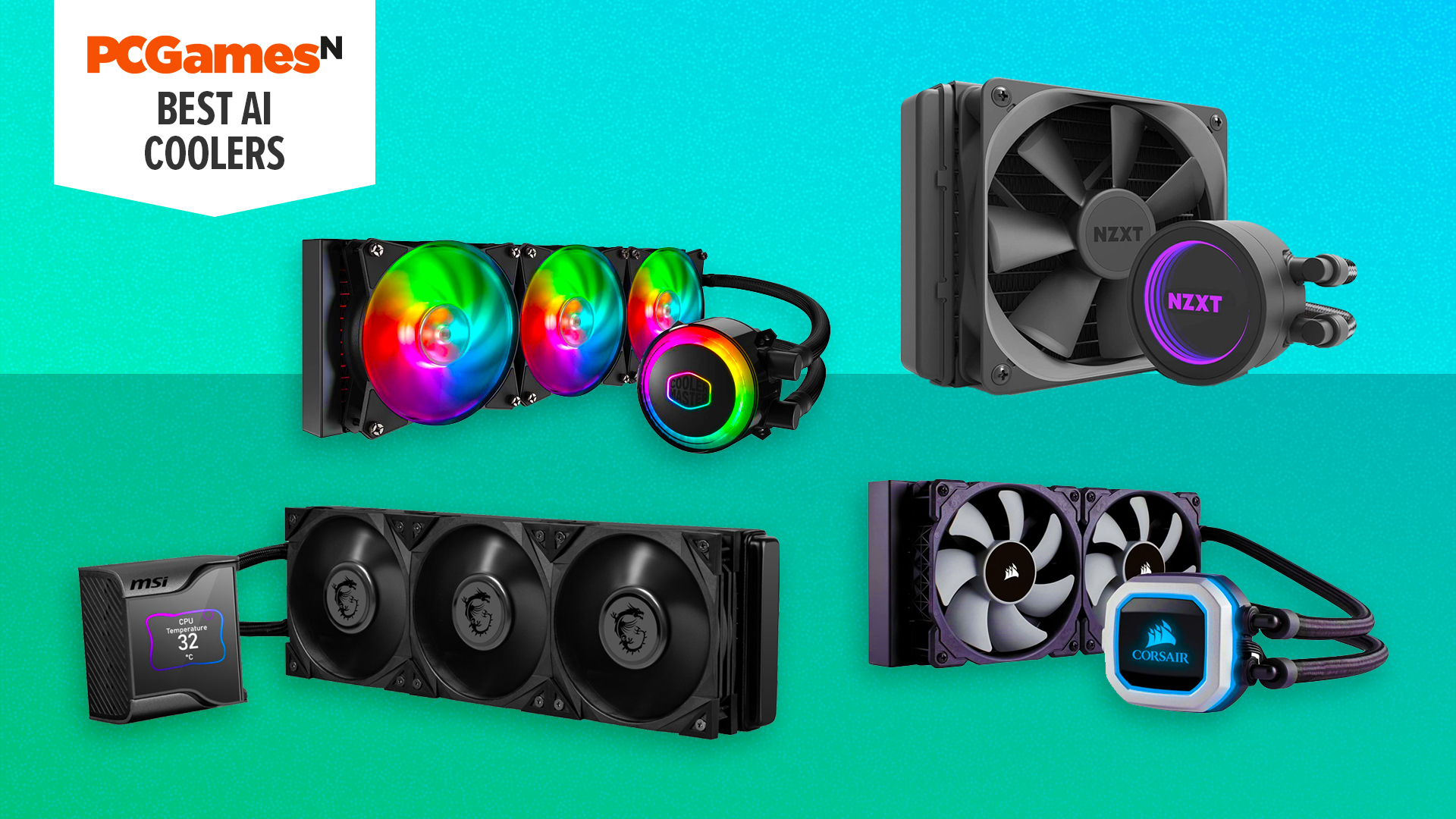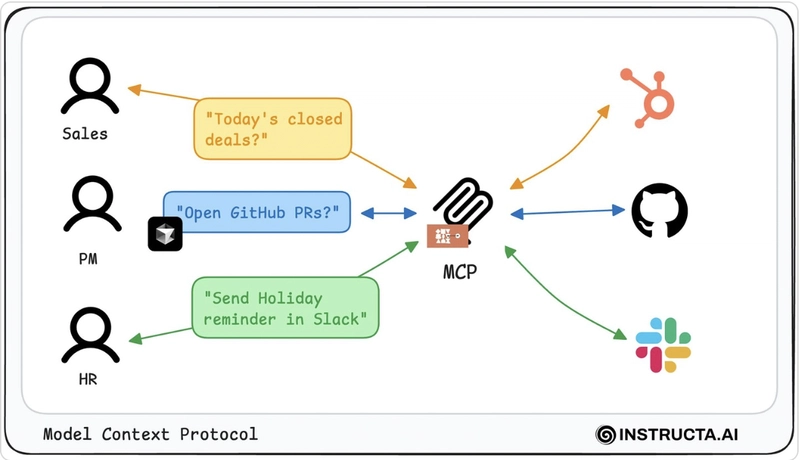Why Single-Threaded Architectures Still Matter
Introduction Threading models have evolved significantly over the years, shifting from simple single-threaded architectures to complex multi-threaded and parallel execution paradigms. While multi-threading is often considered essential for high-performance applications, single-threaded systems continue to hold an important place in modern software development. But why? In this article, we’ll explore the evolution of threading models, their advantages and trade-offs, and why single-threaded architectures are still relevant in today’s computing landscape. The Evolution of Threading Models 1. Single-Threaded Execution: The Beginning Early computing systems operated in a single-threaded environment where tasks were executed sequentially. While simple and easy to understand, single-threaded execution had significant limitations in terms of performance, particularly as CPUs became more powerful and capable of handling multiple operations simultaneously. 2. Multi-Threading and Parallelism: Breaking the Limits As computing demands grew, the need for better CPU utilization led to the adoption of multi-threading. Instead of waiting for a single thread to complete before starting another, multi-threading allowed multiple tasks to run concurrently, improving performance for CPU-bound applications. This gave rise to concepts such as: Preemptive multi-threading (used in operating systems like Windows and Linux) Cooperative multi-threading (historically used in early GUI applications) Parallel processing (leveraging multiple cores for distributed execution) 3. Asynchronous and Event-Driven Architectures With the rise of web applications and real-time systems, asynchronous programming and event-driven models became popular. Technologies like JavaScript’s event loop (powered by Node.js) and Python’s asyncio brought back the single-threaded model but with non-blocking I/O to efficiently handle multiple operations without the complexity of managing multiple threads. Why Do Single-Threaded Systems Still Matter? While multi-threading offers clear advantages in many scenarios, single-threaded architectures remain relevant for several reasons: 1. Simplicity and Maintainability Managing multiple threads introduces challenges like race conditions, deadlocks, and synchronization issues. Single-threaded systems avoid these complexities, making development and debugging much easier. 2. Event-Driven Efficiency (Non-Blocking I/O) Modern single-threaded systems leverage event loops and asynchronous I/O to handle high concurrency efficiently. This is why Node.js, despite being single-threaded, powers some of the most scalable web applications today. 3. Reduced Context Switching Overhead Multi-threaded systems require frequent context switching, which adds CPU overhead. In contrast, single-threaded event-driven architectures optimize CPU cycles by avoiding unnecessary task switching. 4. Scalability with Distributed Systems Rather than relying on multi-threading within a single process, many modern architectures embrace distributed computing. Services communicate over the network (e.g., microservices, serverless computing) rather than relying on in-process parallelism. 5. Security and Isolation Multi-threaded applications must handle shared memory carefully to prevent data corruption and security vulnerabilities. Single-threaded applications, by design, avoid these risks, making them inherently safer in many cases. The Future: Hybrid Approaches Today’s software landscape doesn’t follow a one-size-fits-all approach. Many modern systems use a hybrid threading model, combining: Single-threaded event loops for handling I/O-bound tasks Worker threads or process-based concurrency for CPU-intensive tasks For example, Node.js uses a single-threaded event loop for handling requests but offloads heavy computations to worker threads or background processes when needed. Conclusion The evolution of threading models has led to sophisticated multi-threading and parallel execution techniques. However, single-threaded architectures remain valuable, particularly for applications that rely on simplicity, event-driven execution, and non-blocking I/O. Whether you’re building a scalable web application or optimizing performance for a distributed system, understanding when to use single-threaded vs. multi-threaded approaches is key to designing efficient software. What are your thoughts? Do you still rely on single-threaded architectures in your projects? Let’s discuss in the comments! Connect with Me If you found this article insightful, follow me for more posts on software architecture, backend development, and modern web technologies.

Introduction
Threading models have evolved significantly over the years, shifting from simple single-threaded architectures to complex multi-threaded and parallel execution paradigms. While multi-threading is often considered essential for high-performance applications, single-threaded systems continue to hold an important place in modern software development. But why?
In this article, we’ll explore the evolution of threading models, their advantages and trade-offs, and why single-threaded architectures are still relevant in today’s computing landscape.
The Evolution of Threading Models
1. Single-Threaded Execution: The Beginning
Early computing systems operated in a single-threaded environment where tasks were executed sequentially. While simple and easy to understand, single-threaded execution had significant limitations in terms of performance, particularly as CPUs became more powerful and capable of handling multiple operations simultaneously.
2. Multi-Threading and Parallelism: Breaking the Limits
As computing demands grew, the need for better CPU utilization led to the adoption of multi-threading. Instead of waiting for a single thread to complete before starting another, multi-threading allowed multiple tasks to run concurrently, improving performance for CPU-bound applications. This gave rise to concepts such as:
- Preemptive multi-threading (used in operating systems like Windows and Linux)
- Cooperative multi-threading (historically used in early GUI applications)
- Parallel processing (leveraging multiple cores for distributed execution)
3. Asynchronous and Event-Driven Architectures
With the rise of web applications and real-time systems, asynchronous programming and event-driven models became popular. Technologies like JavaScript’s event loop (powered by Node.js) and Python’s asyncio brought back the single-threaded model but with non-blocking I/O to efficiently handle multiple operations without the complexity of managing multiple threads.
Why Do Single-Threaded Systems Still Matter?
While multi-threading offers clear advantages in many scenarios, single-threaded architectures remain relevant for several reasons:
1. Simplicity and Maintainability
Managing multiple threads introduces challenges like race conditions, deadlocks, and synchronization issues. Single-threaded systems avoid these complexities, making development and debugging much easier.
2. Event-Driven Efficiency (Non-Blocking I/O)
Modern single-threaded systems leverage event loops and asynchronous I/O to handle high concurrency efficiently. This is why Node.js, despite being single-threaded, powers some of the most scalable web applications today.
3. Reduced Context Switching Overhead
Multi-threaded systems require frequent context switching, which adds CPU overhead. In contrast, single-threaded event-driven architectures optimize CPU cycles by avoiding unnecessary task switching.
4. Scalability with Distributed Systems
Rather than relying on multi-threading within a single process, many modern architectures embrace distributed computing. Services communicate over the network (e.g., microservices, serverless computing) rather than relying on in-process parallelism.
5. Security and Isolation
Multi-threaded applications must handle shared memory carefully to prevent data corruption and security vulnerabilities. Single-threaded applications, by design, avoid these risks, making them inherently safer in many cases.
The Future: Hybrid Approaches
Today’s software landscape doesn’t follow a one-size-fits-all approach. Many modern systems use a hybrid threading model, combining:
- Single-threaded event loops for handling I/O-bound tasks
- Worker threads or process-based concurrency for CPU-intensive tasks
For example, Node.js uses a single-threaded event loop for handling requests but offloads heavy computations to worker threads or background processes when needed.
Conclusion
The evolution of threading models has led to sophisticated multi-threading and parallel execution techniques. However, single-threaded architectures remain valuable, particularly for applications that rely on simplicity, event-driven execution, and non-blocking I/O.
Whether you’re building a scalable web application or optimizing performance for a distributed system, understanding when to use single-threaded vs. multi-threaded approaches is key to designing efficient software.
What are your thoughts? Do you still rely on single-threaded architectures in your projects? Let’s discuss in the comments!
Connect with Me
If you found this article insightful, follow me for more posts on software architecture, backend development, and modern web technologies.













































































































































































![[The AI Show Episode 142]: ChatGPT’s New Image Generator, Studio Ghibli Craze and Backlash, Gemini 2.5, OpenAI Academy, 4o Updates, Vibe Marketing & xAI Acquires X](https://www.marketingaiinstitute.com/hubfs/ep%20142%20cover.png)































































































































![[DEALS] Microsoft Office Professional 2021 for Windows: Lifetime License (75% off) & Other Deals Up To 98% Off – Offers End Soon!](https://www.javacodegeeks.com/wp-content/uploads/2012/12/jcg-logo.jpg)













































































































































_Anthony_Brown_Alamy.jpg?#)
_Hanna_Kuprevich_Alamy.jpg?#)




.png?#)

























































































![Hands-on: We got to play Nintendo Switch 2 for nearly six hours yesterday [Video]](https://i0.wp.com/9to5toys.com/wp-content/uploads/sites/5/2025/04/Switch-FI-.jpg.jpg?resize=1200%2C628&ssl=1)
![Fitbit redesigns Water stats and logging on Android, iOS [U]](https://i0.wp.com/9to5google.com/wp-content/uploads/sites/4/2023/03/fitbit-logo-2.jpg?resize=1200%2C628&quality=82&strip=all&ssl=1)














![YouTube Announces New Creation Tools for Shorts [Video]](https://www.iclarified.com/images/news/96923/96923/96923-640.jpg)

![Apple Faces New Tariffs but Has Options to Soften the Blow [Kuo]](https://www.iclarified.com/images/news/96921/96921/96921-640.jpg)




































































































































